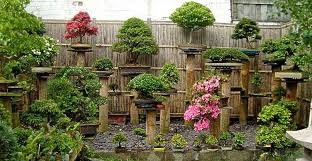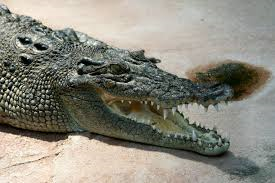Orchids always look exotic and some species are now commonly grown as a house plant. But often after the flowers fade so often you are left with a pot of a few green leaves that looks insignificant. With a little care you can bring these orchids back into bloom.
There are more than fifty species of orchid growing in the British countryside and although it is illegal to collect them from the wild some can be bought from specialist nurseries. Popular varieties include the spotted orchid Dactyorhiza maculata, the pink flowered Chinese ground orchid Bletilla striata and Pleone formosana. For a long lasting profusion of orchid flowers indoors choose the moth orchid Phalaenopsis.
Phalaenopsis are epiphytes, growing in trees supported by
aerial roots in their native country. These roots require light and water in
order to keep the plant healthy. Indoors
many orchids have aerial roots which are often supported in clear pots
supported by bark.
These aerial roots are a good indicator of the plants condition. If the ends are white or green then the orchid is health but if they are yellow or brown then the plant requires attention. Place your orchid in a well ventilated position but away from draughts. Causes of weakness includes too much sun, an excess or lack of food or water, or too low a temperature. Use rainwater for orchids whenever possible or, as a second choice, cooled boiled water.
In order to prolong flowering remove spent flower spikes but
cutting back with secateurs the stems to the point at which the bloom first
appears. Side shoots will then develop
and produce new flowers between six and eight weeks.
Orchids need a humid environment to thrive but roots can rot
if plants are over
watered. To increase humidity stand the pots in trays filled with moist clay balls or gravel and spray the plants with water. All plants should be kept moist from April to September but great drainage is key.
watered. To increase humidity stand the pots in trays filled with moist clay balls or gravel and spray the plants with water. All plants should be kept moist from April to September but great drainage is key.
Epiphytic orchids such as Phalaenopsis should be watered by
soaking the pot in a bucket of water once per week, increasing this to twice
weekly in hot weather. Terrestrial
orchids such as Cymbidium should be watered over the surface of the compost
until excess runs out of the base. After re-potting do not water for ten days and then so sparingly for several weeks to
allow the new roots to develop.
Some orchids respond to feeding in the growing season,
others do not. Refer to the needs of individual species before feeding. You can
preserve the bulb strength of your orchid by removing the flower spike once the
flowers have developed in the first flowering season. This will ensure that the
flowers do not sap the plants strength. You can still enjoy the flowers by
placing the spike in a vase of water for several weeks.
Re-pot orchids after they have flowered or when new leaf growth
appears. Use orchid compost and a pot
one size larger than previously used. To help promote healthy growth wash the
old compost off the roots before re-potting and trim off any dead roots with
scissors.
You can successfully grow orchids in your greenhouse. Select a hybrid that has been specifically bred for the greenhouse. Insulate the greenhouse with bubble wrap to reduce heat loss during the winter. Stretch it out tightly 5 cm away from the inside of the glass. Some orchids may not flower unless there is a marked drop in temperature at night so leave a little ventilation in your greenhouse but avoid draughts. Dampen the floor of the greenhouse in order to maintain humidity.
For related articles click onto:
Aphids
Can you keep bees in your garden?
Differences between vegetables and fruit
Drainage
Feeding plants
Growing herbs
Herbaceous borders
How do I attract bees into my garden?
How to build a cold frame
How to grow tulips
How to grow orchids
How to grow seeds indoors
How to propagate using division
How to propagate from seed
Patio gardens
Patio Garden Plants
Plants for free
Preparing a seed bed
Shade loving fruit and nuts
Soil structure
What is a loofah?
What is a potager?
What is a vegetable?
What is the difference between a vegetable and a fruit?
Aphids
Can you keep bees in your garden?
Differences between vegetables and fruit
Drainage
Feeding plants
Growing herbs
Herbaceous borders
How do I attract bees into my garden?
How to build a cold frame
How to grow tulips
How to grow orchids
How to grow seeds indoors
How to propagate using division
How to propagate from seed
Patio gardens
Patio Garden Plants
Plants for free
Preparing a seed bed
Shade loving fruit and nuts
Soil structure
What is a loofah?
What is a potager?
What is a vegetable?
What is the difference between a vegetable and a fruit?





































